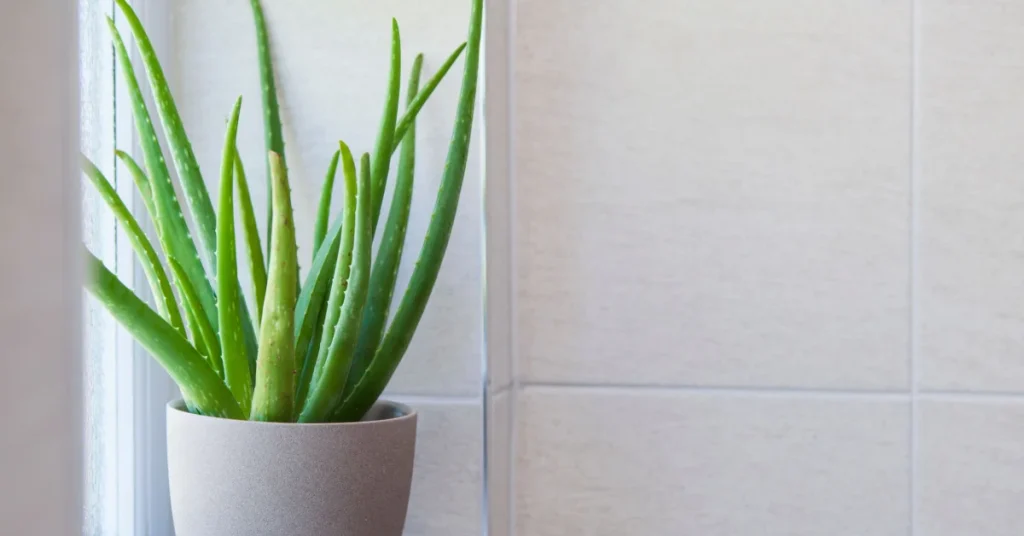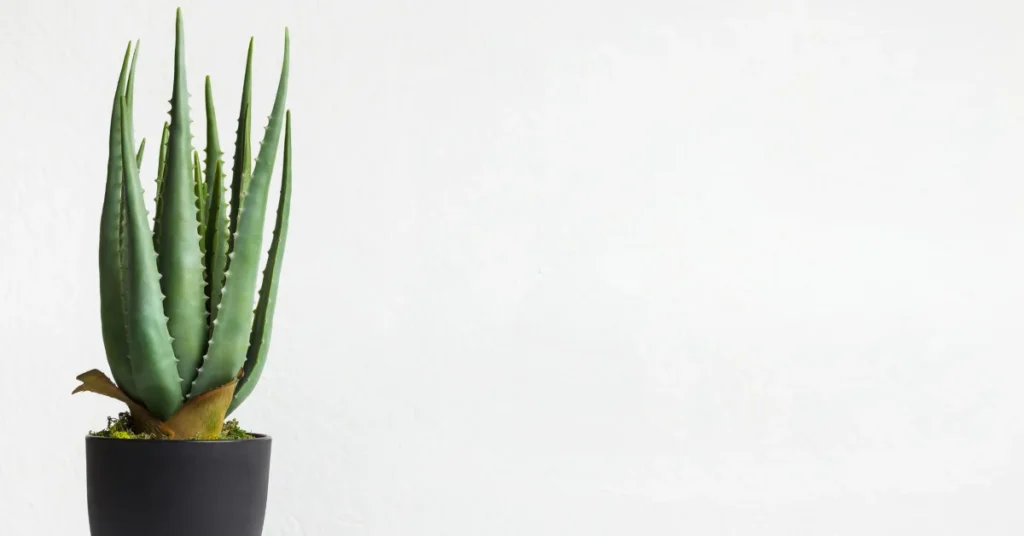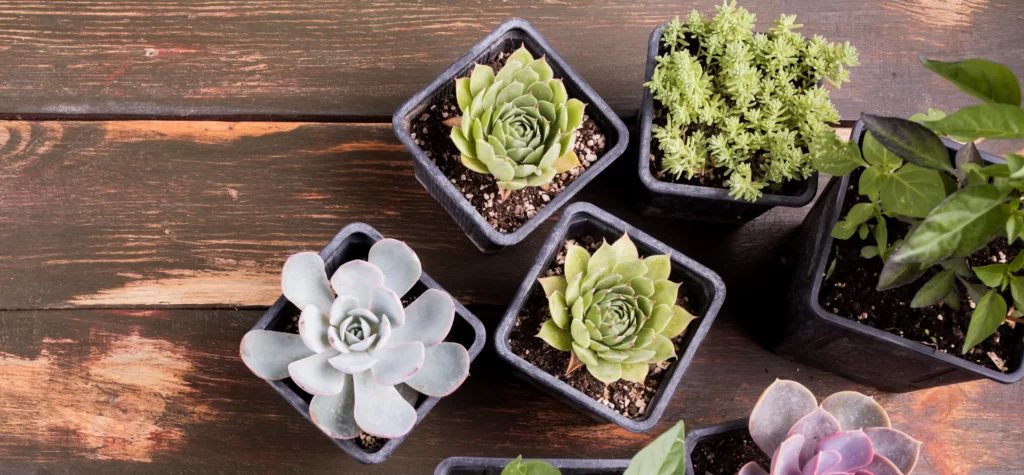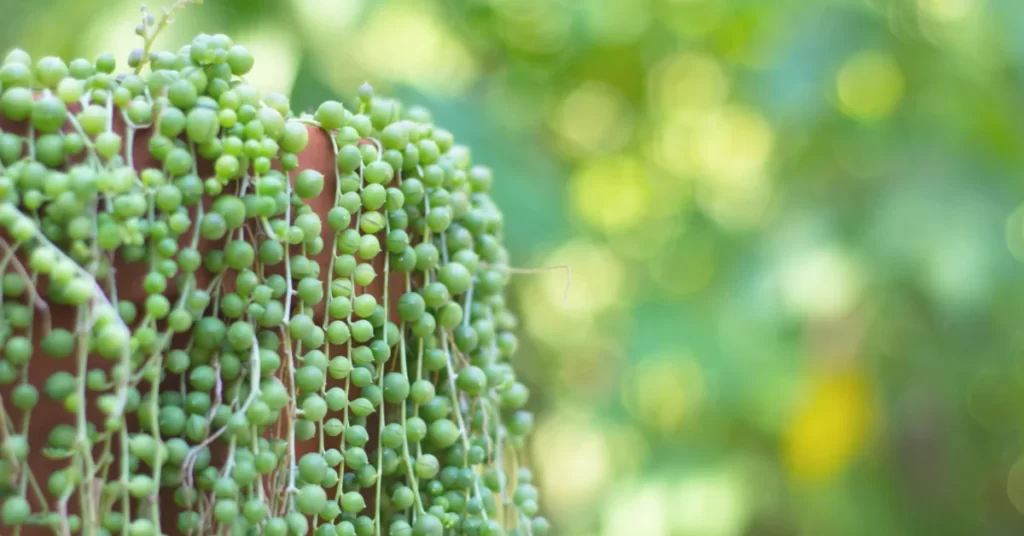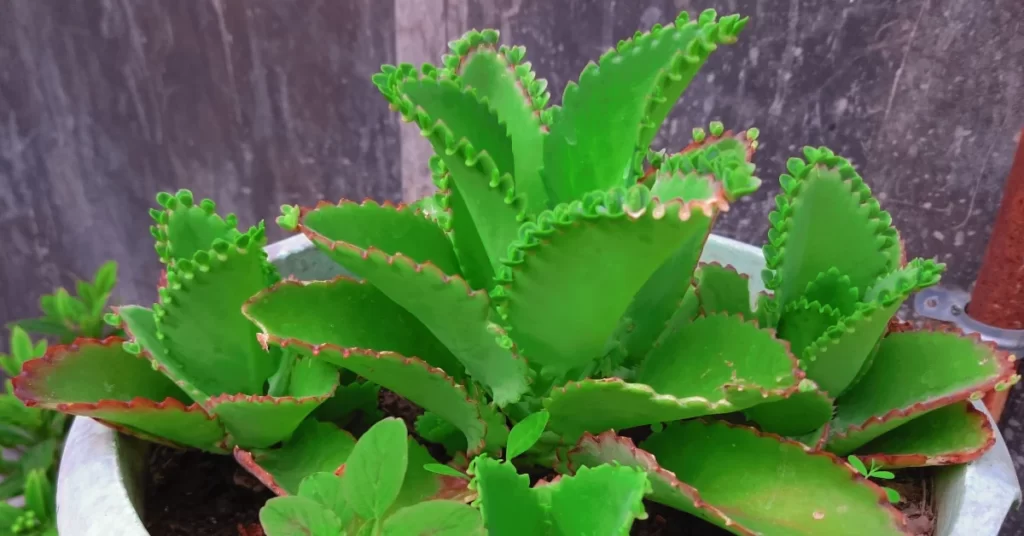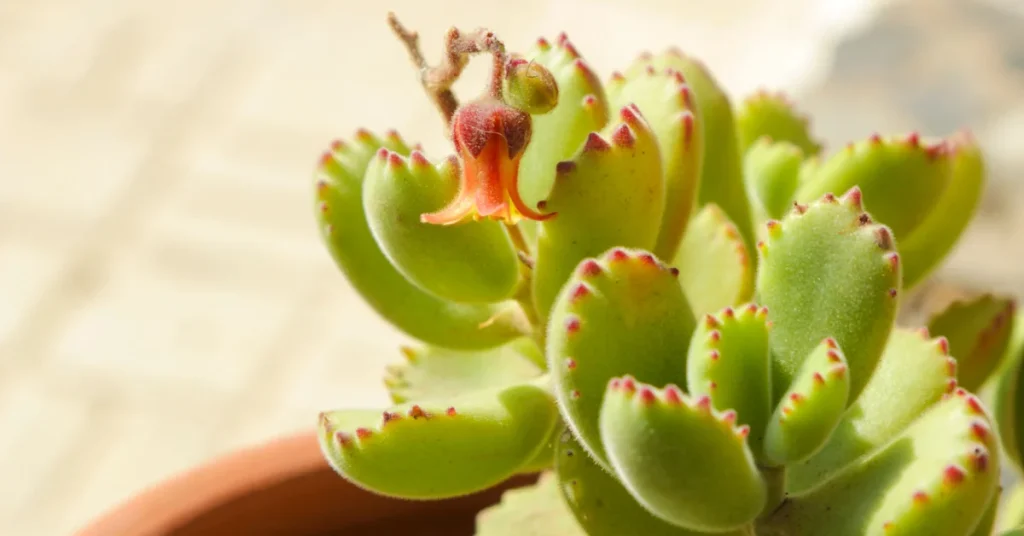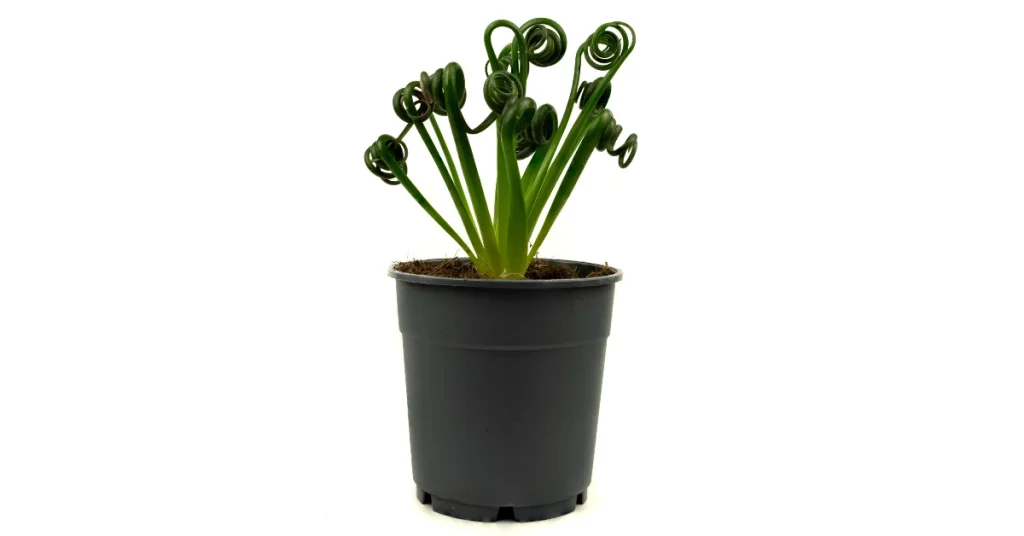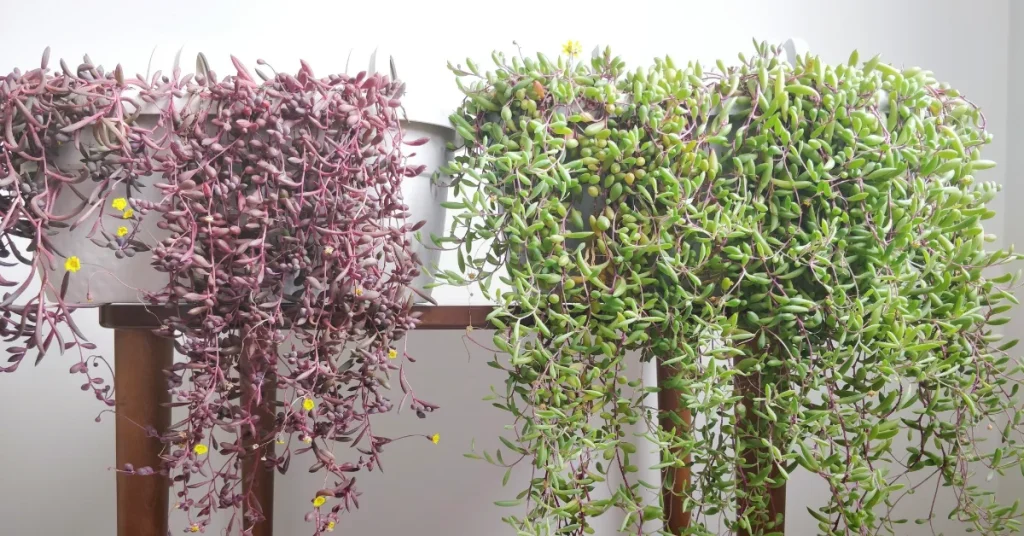Introduction: Aloe Vera - Nature’s Versatile Healer
In the ever-evolving landscape of natural remedies, Aloe Barbadensis Miller, affectionately known as Aloe Vera, stands as a paragon of versatility and healing. This succulent, originating from the arid regions of the Arabian Peninsula, has been cherished across civilizations for its multifaceted properties. Often referred to as the ‘plant of immortality’ in ancient Egypt, Aloe Vera’s historical significance is as rich and complex as its chemical composition. In this extensive exploration, we embark on a captivating odyssey to unveil the myriad facets of this botanical marvel. From its ancient origins to its profound anatomy, precise care regimen, diverse applications, and beyond, we delve deeper into the verdant world of Aloe Vera.
1. Origins and Historical Significance: A Journey Through Time
The tale of Aloe Vera unfolds through millennia, finding its roots in the annals of ancient history. Revered by the Egyptians, Greeks, and Romans, this resilient succulent became synonymous with healing and vitality. The gel extracted from its leaves was applied to wounds, burns, and skin ailments, a practice that continues to this day. Aloe Vera’s legacy as a natural remedy spans continents and cultures, cementing its position as a botanical treasure.
2. Aloe Vera Plant Anatomy: Nature’s Elixir Unveiled
To comprehend the potency of Aloe Vera, understanding its anatomy is imperative. The plant’s thick, spiky leaves safeguard a translucent gel, a reservoir of nutrients essential for life. This gel, comprising vitamins, minerals, enzymes, amino acids, and polysaccharides, forms the core of Aloe Vera’s healing prowess. Its chemical complexity mirrors the intricate balance of nature, offering a holistic approach to wellness.
3. Aloe Vera Plant Care: Cultivating Nature’s Bounty
3.1 Crafting the Ideal Habitat
Creating a nurturing environment for Aloe Vera involves a delicate balance of sunlight, water, and soil. This succulent thrives in well-draining soil under the gentle caress of indirect sunlight. Outdoor or indoor, Aloe Vera’s adaptability allows it to flourish in various settings.
3.2 Watering Wisdom: A Precise Art
Aloe Vera, designed for arid climates, has a low tolerance for excessive watering. The golden rule is moderation, allowing the soil to dry out between watering sessions. Overwatering is a common pitfall, leading to root rot and compromising the plant’s health.
3.3 Propagation and Pruning: Nature’s Cycle
Aloe Vera’s ability to reproduce and rejuvenate is a testament to its vitality. Propagation through offsets and leaf cuttings offers a glimpse into nature’s cycles of growth and renewal. Pruning, undertaken with care, stimulates fresh growth, ensuring a robust and flourishing plant.
4. Aloe Vera Plant Benefits: A Panacea for Wellness
Aloe Vera’s applications are diverse and awe-inspiring, making it a treasure trove of natural remedies:
4.1 Skincare Marvel:
Aloe Vera gel, with its anti-inflammatory and moisturizing properties, soothes sunburns, reduces acne, and promotes a youthful complexion. It acts as a natural exfoliator, gently rejuvenating the skin.
4.2 Digestive Guardian:
Internally, Aloe Vera aids digestion, offering relief from acid reflux, indigestion, and irritable bowel syndrome. Its alkaline nature helps balance the stomach’s pH, promoting optimal digestion.
4.3 Immune Booster:
Enriched with antioxidants, Aloe Vera fortifies the immune system, shielding the body from oxidative stress. Regular consumption supports the body’s natural defense mechanisms, enhancing overall immunity.
4.4 Hair Care Ally:
Aloe Vera’s enzymes promote hair growth, reduce dandruff, and restore hair’s natural shine. It hydrates the scalp, nourishing hair follicles and encouraging luscious locks.
5. Frequently Asked Questions (FAQs) About Aloe Vera Plant
5.1 Is Aloe Vera consumption safe for everyone?
While generally safe, it’s essential to consult a healthcare professional, especially for pregnant individuals, breastfeeding mothers, or those with underlying health conditions.
5.2 Can Aloe Vera gel be used for sensitive skin?
Absolutely! Aloe Vera’s gentle nature makes it ideal for sensitive skin. It’s free from harsh chemicals, making it a natural choice for soothing irritated skin.
5.3 Can Aloe Vera be grown indoors, even in smaller spaces?
Indeed, Aloe Vera is remarkably adaptable and can thrive in indoor environments, including apartments. Compact in size, it graces smaller spaces with its vibrant green presence.
5.4 How long does it take for Aloe Vera gel to show results on the skin?
Results vary based on skin type and condition. For minor issues, relief can be instantaneous. For more persistent problems, consistent application over several weeks may be necessary.
5.5 Can Aloe Vera be combined with other natural ingredients for skincare?
Absolutely! Aloe Vera synergizes well with ingredients like honey, turmeric, and coconut oil. These combinations enhance its benefits, catering to specific skincare needs.
Conclusion: Aloe Vera - A Timeless Remedy for Modern Living
As we culminate this illuminating journey, Aloe Vera emerges not merely as a plant but as an embodiment of nature’s benevolence. Its historical legacy, intricate composition, precise care requirements, and multifaceted applications converge to form a holistic remedy for modern living. In a world increasingly embracing natural solutions, Aloe Vera stands tall as a symbol of purity and vitality.
So, let the verdant grace of Aloe Vera weave its way into your life, enriching your skincare routine, bolstering your health, and adorning your spaces with its emerald hues. Embrace the timeless wisdom encapsulated within its leaves, and revel in the boundless wonders of this extraordinary succulent.

